I’ve been contemplating how to set up our computer lab, and the conventional wisdom seems to have something missing.
The Four Best Computer Laboratory Layouts for Schools have a lot of similarities to subdivisions in southern Florida.
Subdivisions are built to squeeze the most humans into one place while keeping them from interacting, “We love our neighborhood, but no, we haven’t really gotten to know the neighbors yet.”
It seems both traditional computer lab setups and subdivisions are designed for individual, parallel play, in a confined space.
But all the research points in the other direction. In computer labs there should be talking. Groups of children talking, sharing, collaborating. Student “experts” (in things like inserting pictures or downloading audio files) should feel free to get up and walk all the way across the room, if somebody over there needs help they can provide. It should be natural ongoing collaboration. You can read about how children cooperatively learn on the computer by reading the blog post titled Interactive White Boards and Joint Computing here and watch the video by Sugata Mitra outlining the research on which Nicholas Negroponte’s one-laptop-per-child project is based. Sugata Mitra also has a blog.
AssortedStuff blogged we should organize schools to make innovative learners. The 4-minute video he includes from Stephen Johnson is worth watching:
Unfortunately for me, I’m not dealing with a “should.”
I’m dealing with a “do it” and “do it now.”
I’ve got a room, a bunch of computers, just under a thousand students, and need to sort it out in a real way, soon.
As a public school teacher, I’ve got unlimited resources, as long as I don’t spend any money. I’ve got a trailer, 24 rather good desktops without flatscreen monitors. And a decision to try and carve out the next model for computer labs.
We’ve done more with less…
It’s my firm conviction computers are not for teaching technology, but for teaching art. (Read more about art and computers in the blog post “We are Vermeer” here…)
Art casts a wide net including: writing, drawing, photography, design, music, layout, and the organizational and collaborative skills to get those tasks done.
Therefore, the space in which computers are used by children should seem more like a artist’s studio than a factory bench. It should be a creative atmosphere, not an assembly line.
Big Projects & Radical Collaboration:
We have a number of large projects going or in the works. Our 5th Grade does a large-scale project in Social Studies using technology, which Jenny, Jennifer Metcalfe and I presented, in part, at ISTE for the last couple of years.
We’re also gearing up to try and launch a school-wide online newspaper. It’s less a rehash of paper school newspapers with lunch menus and the weather, and more of an online environment in which we can showcase all the online work that’s going on throughout the school. I’ve outlined ideas on how that might work in the blog post titled “Online Workflow for School Newspaper Defined” here.
So the stage is set to create and use a room in which computers are housed for innovation and collaboration. Bringing about all the “we shoulds” about such things being written in educational publications. (That’s not a slam on AssortedStuff. He’s helping.)
Here’s a stab at “doing it.” Please feel free to toss peanuts from the gallery:
User requirements:
1) The students need to be organized in small groups of 4 to 6, each with a computer, but in a concave circle so they can easily see one another’s computer and share ideas, as well as how-to knowledge quickly and easily.
2) Monitors must all face one way, so a single teachers can see everything that’s going on at one time.
3) I have only desktops to work with, no budget and I’m setting up in a trailer (I know, only the best for the next generation.).
3) There should be a relaxed “living room” feel to the place and the artwork should be anything BUT schematics of computers and warnings about Internet safety. The artwork should be artwork. Inspiring.




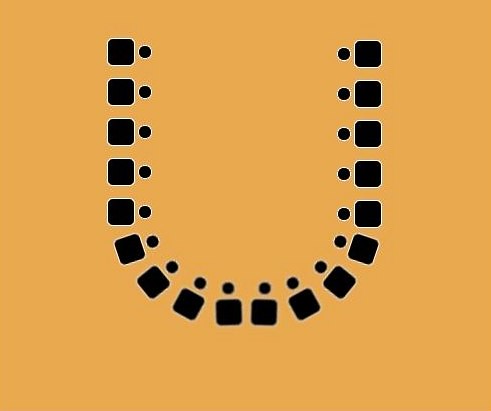
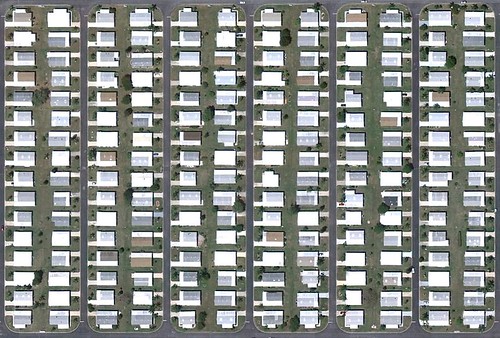

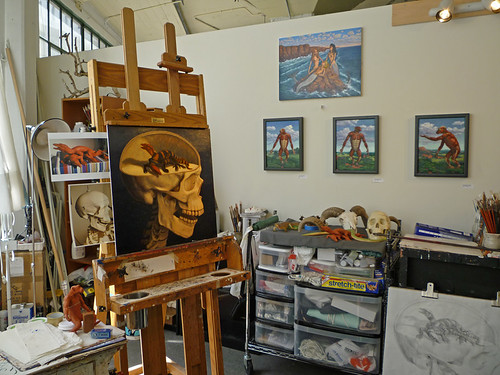
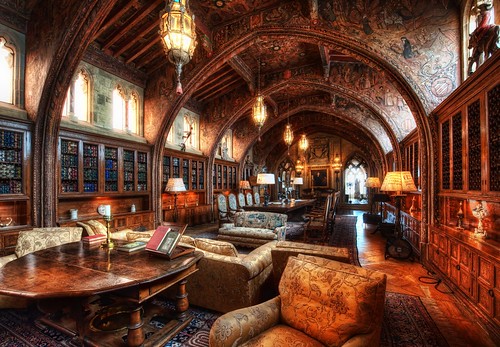
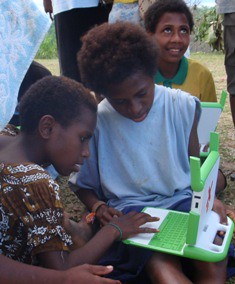
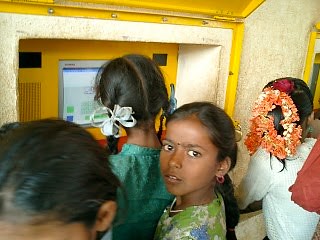

Karen,
Glad you’re coming back. Glad you want to give input. Room for student to work without computers is critical, thanks for that element.
1) Call whoever is in charge of donations and see if you can get someflat screens.
2). Do you also need space for students who don’t need a computer for a particular phase of a project
3) Ask the students
4). I’m home at the end of the week and would love to join the discussion
I want in! I want a brainstorming session about this. Let’s all sit down (Assorted Stuff and anyone else we can grab) and throw ideas around. I love the possibilities and the ideas you’ve already thrown out.